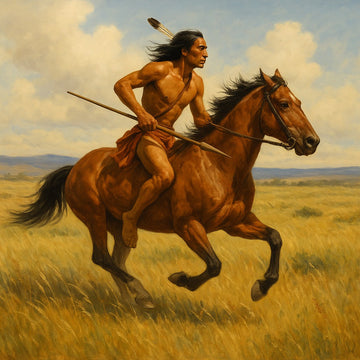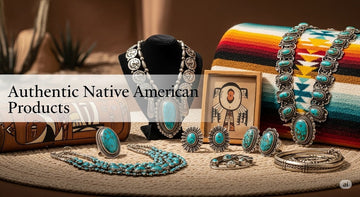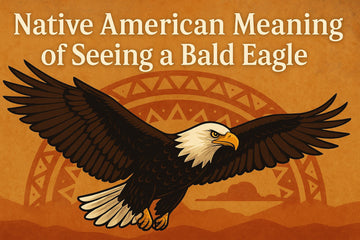1. Introduction: The Deep Bond Between Native Americans and Horses
When we think of Native American culture, one of the most enduring images is that of a skilled rider galloping across the plains, bow in hand, guiding a powerful horse with effortless grace. The relationship between Native Americans and horses is more than a historical fact — it is a story of adaptation, transformation, and cultural identity that continues to inspire today.
2. The Arrival of Horses in North America
Although wild horses once roamed North America thousands of years ago, they became extinct before returning with the Spanish in the 1500s. Brought back through colonization, these animals quickly spread across the continent. By the 1600s and 1700s, many Plains tribes such as the Comanche, Lakota, Cheyenne, and Crow had adopted horses into their daily lives.
This moment marked a turning point in Indigenous history, as horses transformed hunting, travel, and warfare.
3. Horses in Native American Daily Life
The bond between Native Americans and horses extended into nearly every aspect of tribal life:
-
Hunting: Horses made it easier to hunt buffalo, a central food source and cultural symbol for many Plains tribes.
-
Transportation: Travel became faster and more efficient, allowing tribes to move camps, trade, and explore new territories.
-
Warfare: Mounted warriors became legendary, with tribes like the Comanche gaining reputations as some of the most skilled riders in history.
-
Status and Wealth: Horses were a form of currency and prestige. Owning many horses signified power and prosperity within the community.
4. Symbolism and Spiritual Meaning of Horses
Beyond their practical use, horses held deep spiritual meaning in many Native cultures:
-
Freedom and Power – Horses symbolized the ability to roam the land without limits.
-
Strength and Endurance – They reflected resilience in the face of hardship.
-
Sacred Beings – Horses often appeared in visions, dreams, and ceremonial traditions, believed to be gifts from the Creator.
Some tribes even incorporated horses into their art, beadwork, and storytelling, ensuring that the animal’s spirit lived within cultural memory.
5. Horses and the Plains Tribes
While many Indigenous nations across North America used horses, they became particularly important for the Plains tribes.
-
Comanche: Known as the “Lords of the Plains,” the Comanche became legendary horse riders, using them in hunting and combat.
-
Lakota Sioux: Horses were tied to spiritual practices and warrior traditions.
-
Cheyenne and Crow: Integrated horses into their economy, trade networks, and cultural rituals.
For these tribes, the horse was not just an animal — it was part of their identity and survival.
6. The Legacy of Native Americans and Horses Today
Even today, the connection between Native Americans and horses is celebrated and preserved:
-
Powwows and Festivals often include horse parades and riding exhibitions.
-
Cultural Education Programs teach younger generations the importance of horses in their heritage.
-
Modern Native Artists continue to portray horses in painting, sculpture, and jewelry, keeping the symbolism alive.
The image of the Native rider on horseback remains one of the most powerful symbols of freedom and resistance in American history.
7. Why This History Matters
The story of Native Americans and horses is more than a tale of survival — it is a reminder of how culture adapts and thrives even under hardship. Horses gave Indigenous peoples new ways to hunt, travel, and defend themselves, but more importantly, they became part of the spiritual heartbeat of Native life.
To understand this history is to honor the resilience and creativity of Indigenous nations who transformed a European-introduced animal into a defining aspect of their identity.
Conclusion
The history of Native Americans and horses is one of the most fascinating chapters in the story of North America. From hunting buffalo to shaping spiritual traditions, horses became symbols of freedom, power, and survival. Today, this bond is still remembered in Native festivals, art, and culture, ensuring that the legacy lives on.
The next time you see an image of a Native rider on horseback, remember: it is not just history — it is a living tradition, woven into the heart of Indigenous culture.








